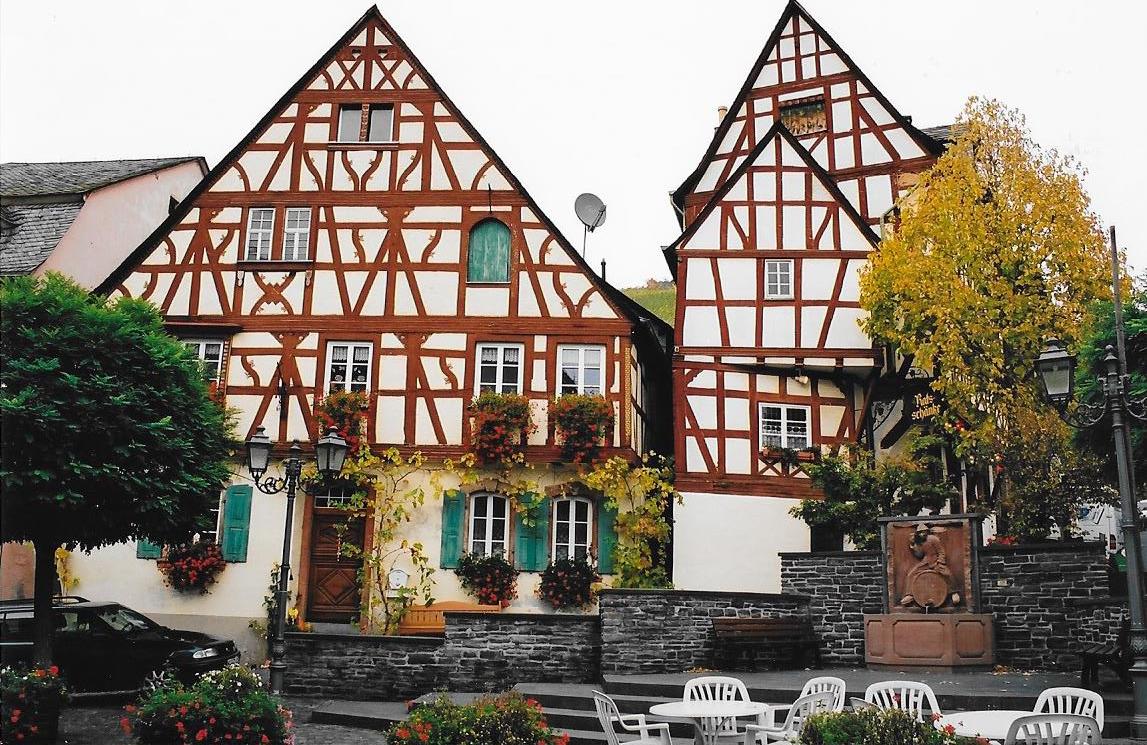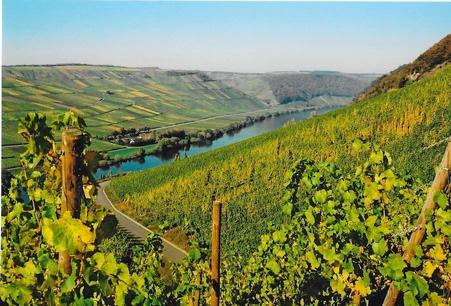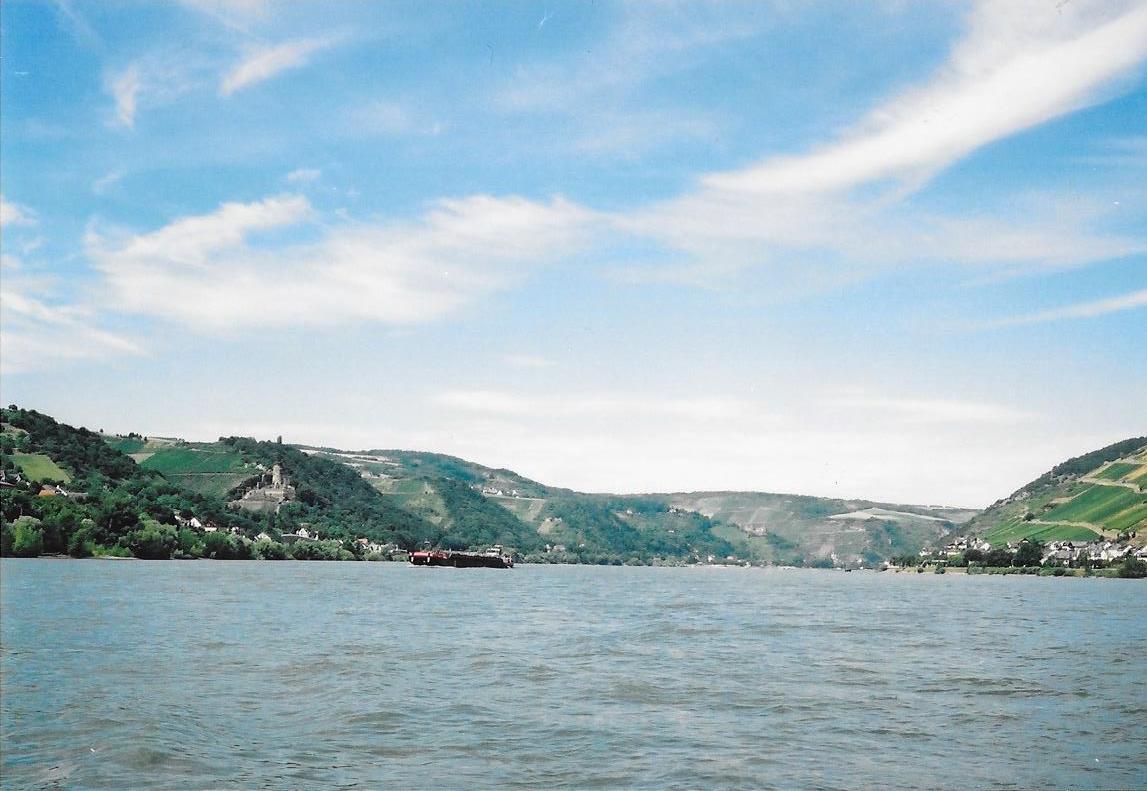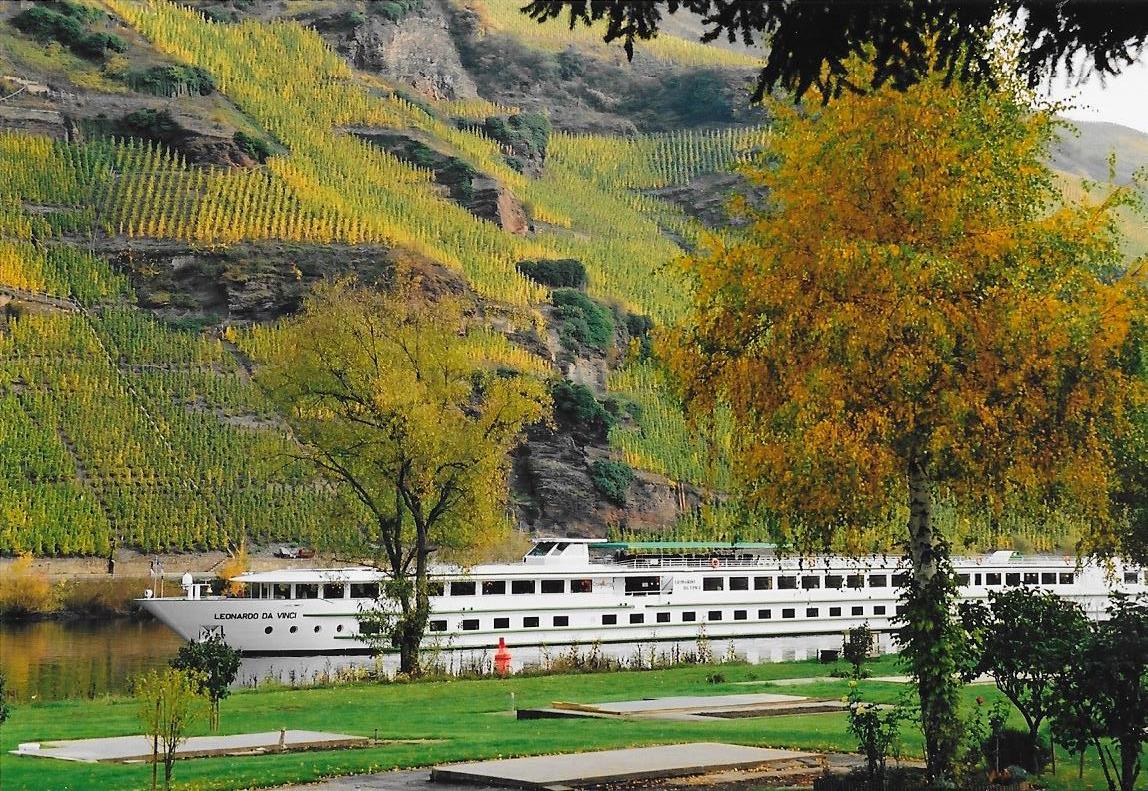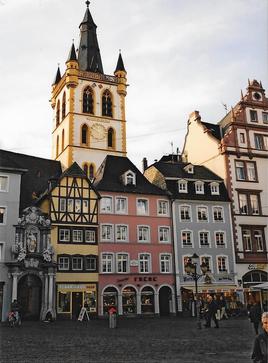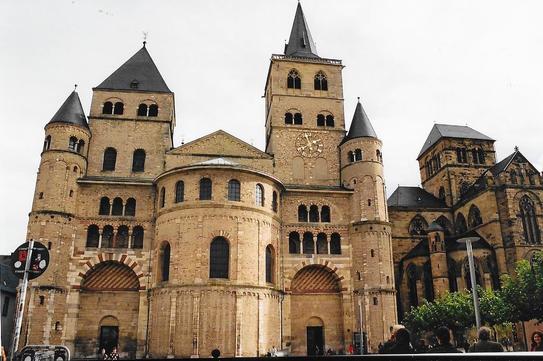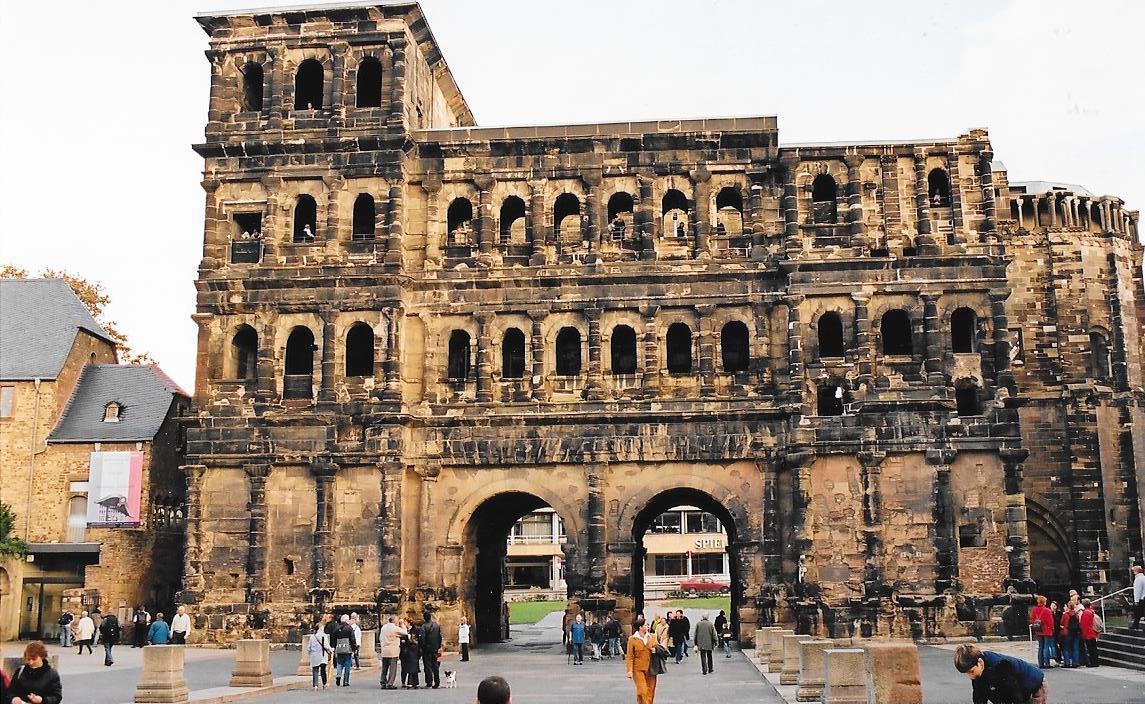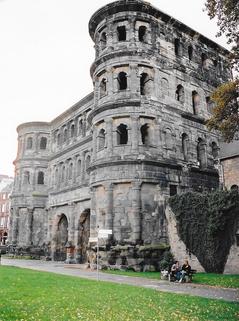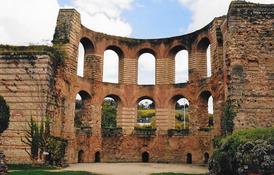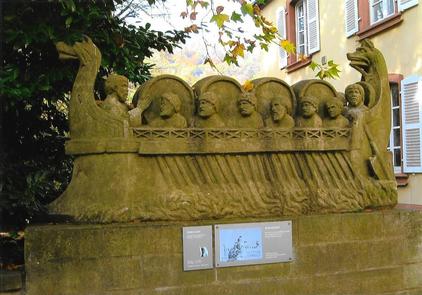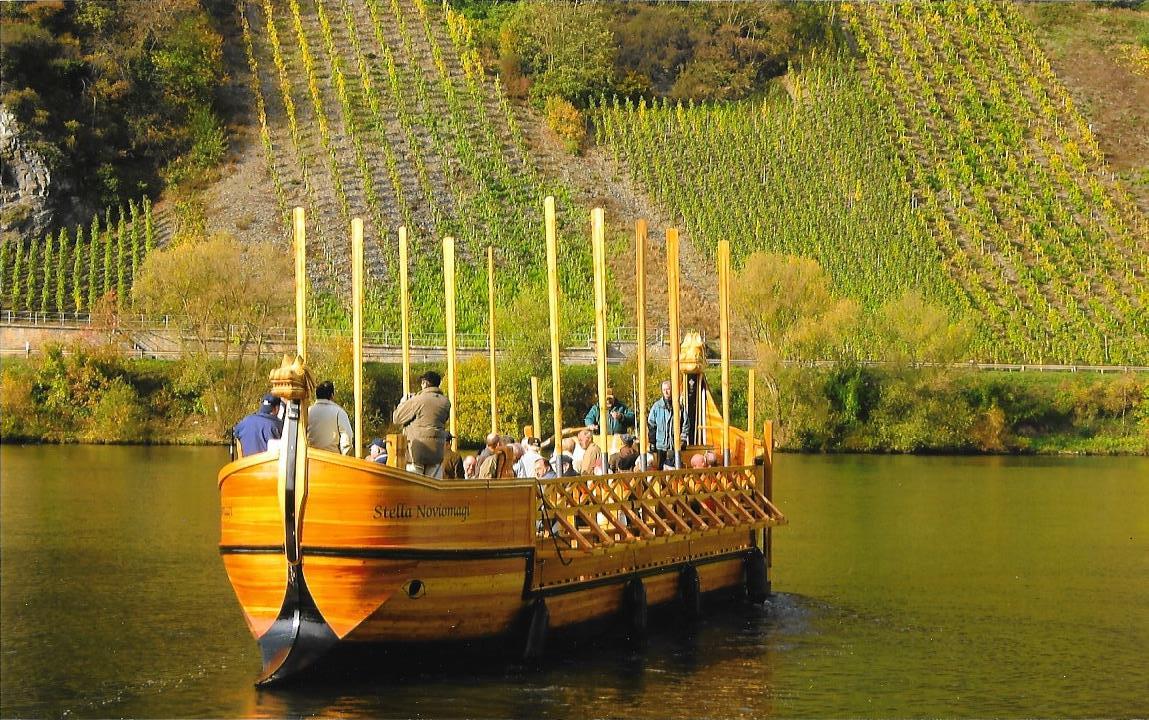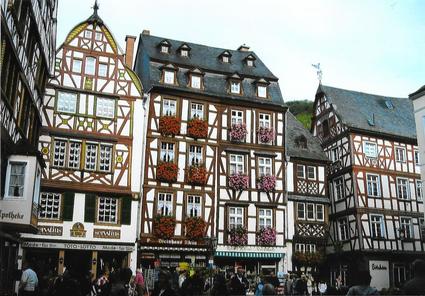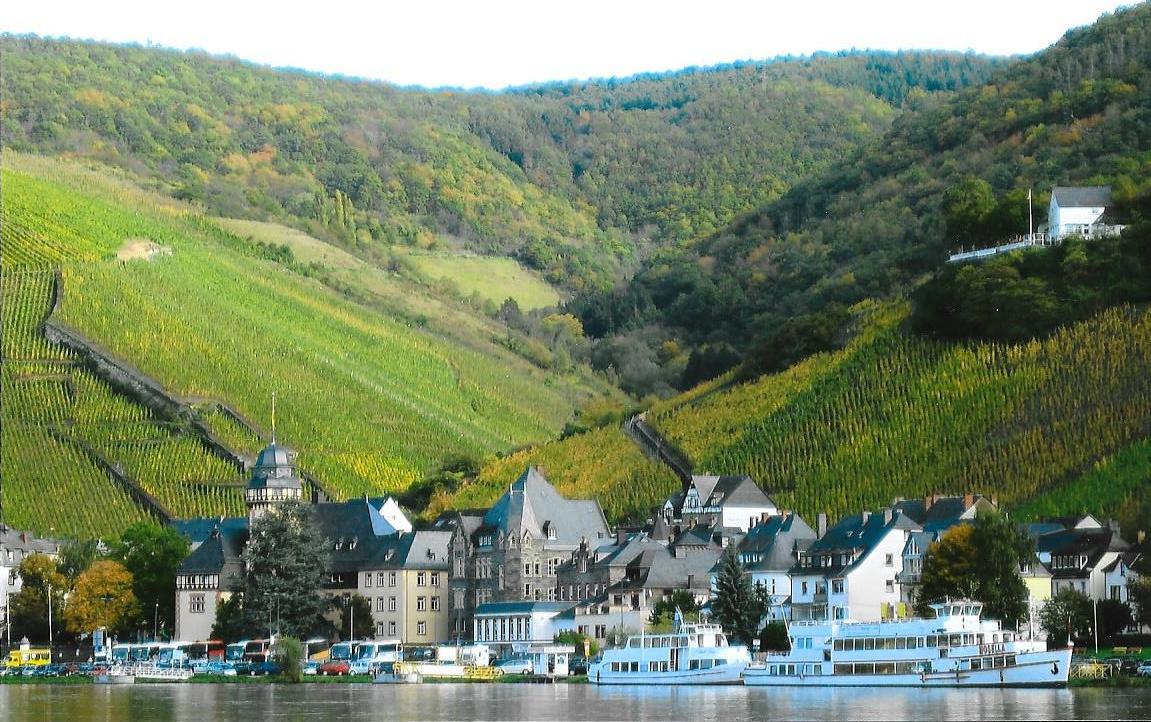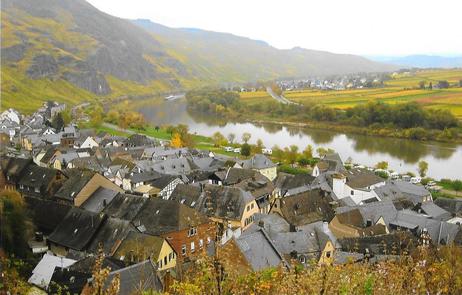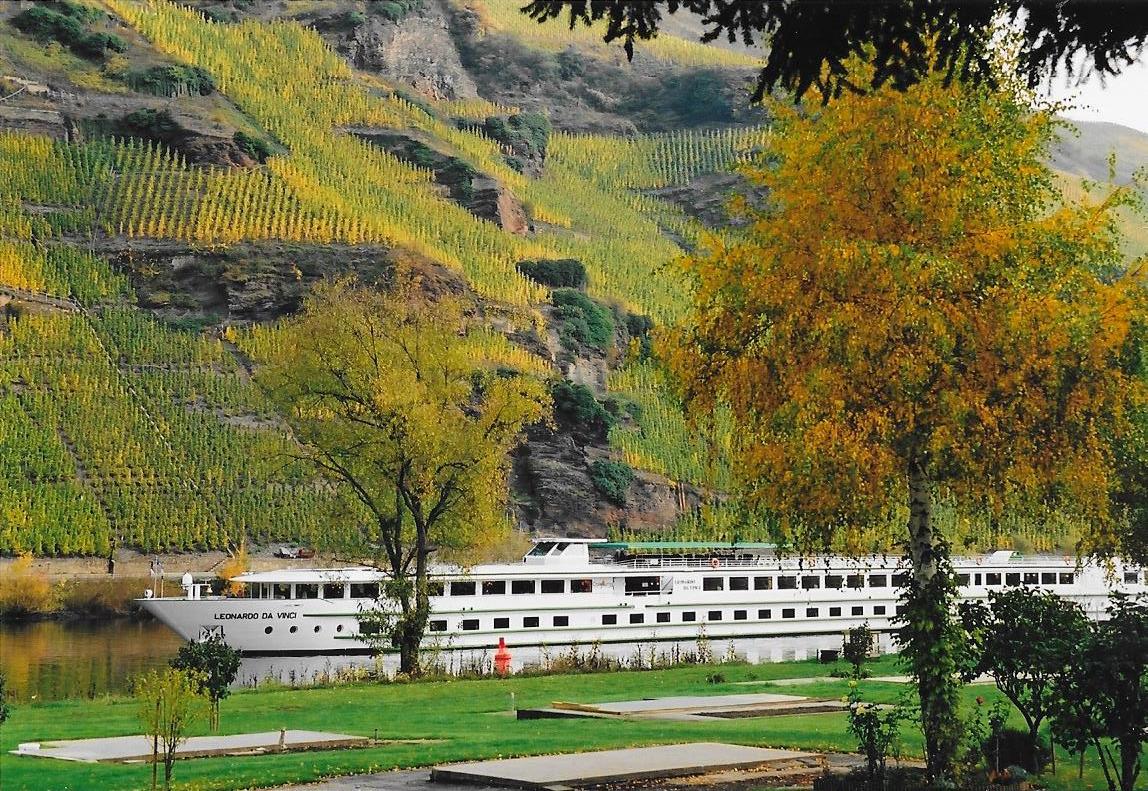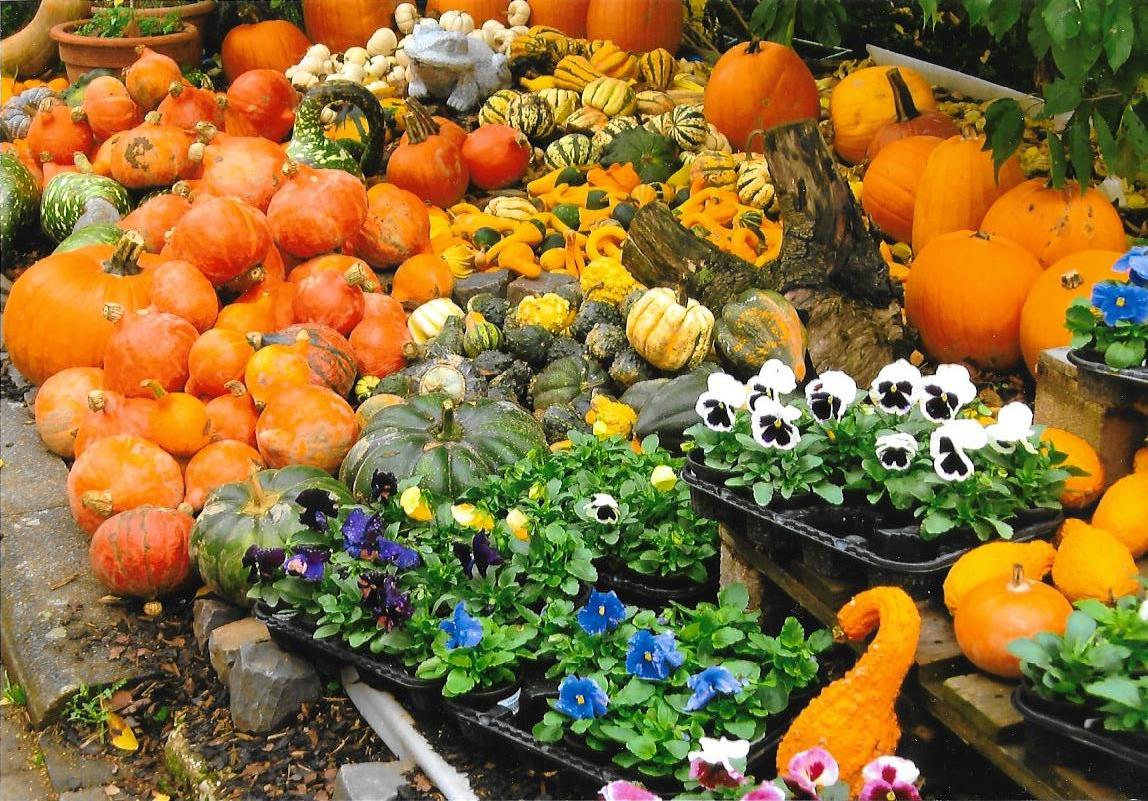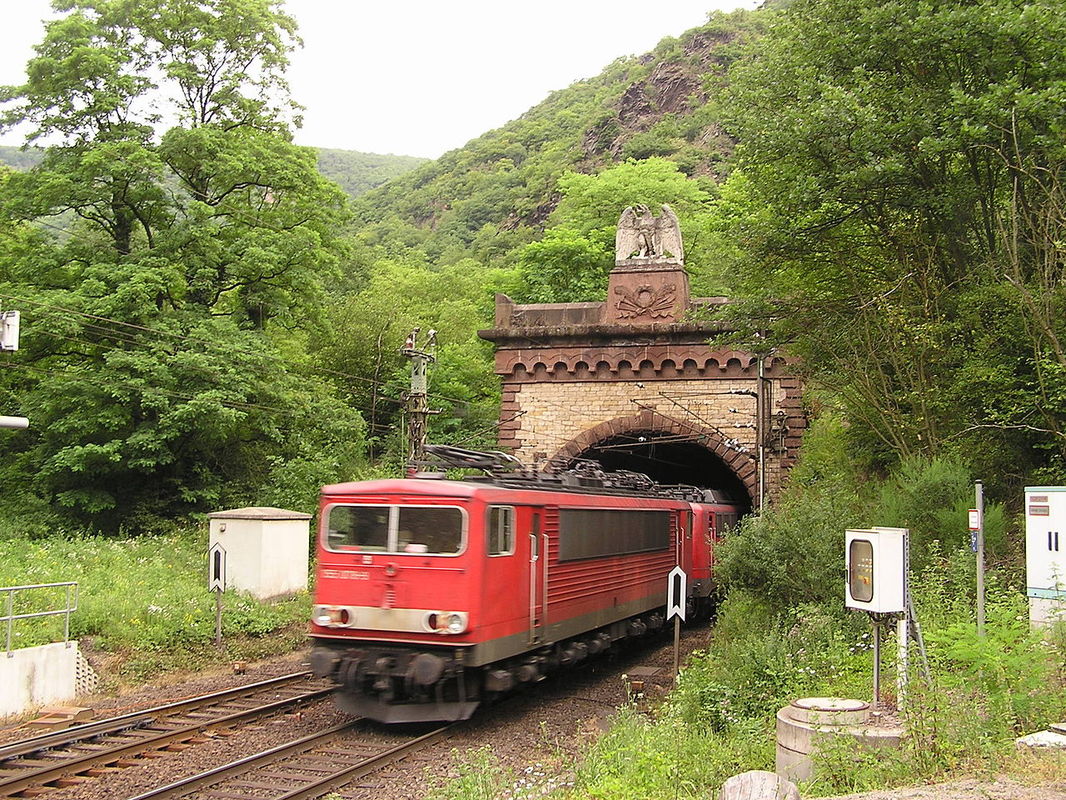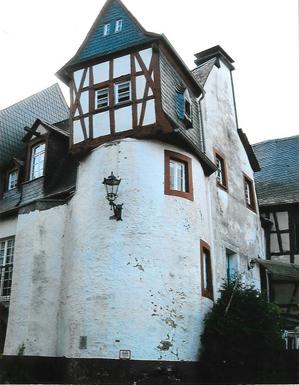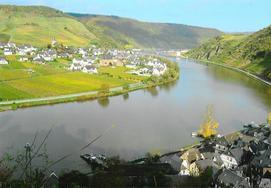Moselle Valley
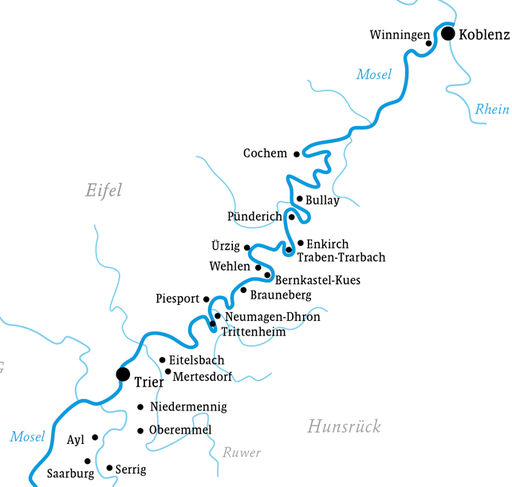
One of our favourite places, Sue and I stayed here on our
first holiday together before we married. Since then, we
have visited many times.
We particularly enjoy the Moselle Valley in the Autumn,
when the autumn colours are spectacular, the grapes are
being harvested and the new wine is on sale!
Almost every village has a stellplatz and there are
opportunities to stroll round the village and walk, or cycle,
along the river bank and up into the vineyards.
The towns and villages are delightful with good shopping
and lots of wonderful restaurants and bratwurst stalls.
But perhaps one of the pleasantest experiences is just
sitting by the river bank, watching the boats go by.
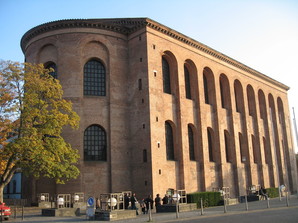
Our drive down the Moselle started with a shopping trip in Trier. Sue wanted more photo albums. She always buys her photo albums in Germany, in fact, on several occasions, we have driven to Germany just to buy photo albums!
Founded by the Celts in the late-4th century BC and later conquered by the Romans, Trier may be the oldest city in Germany.
Trier's Roman ruins are particularly impressive. The Porta Nigra, the best-preserved Roman city gate north of the Alps, ruins of three Roman baths, the amphitheatre and the huge Constantine Basilica which is now used as a Protestant Church.
The winemaking village of Neumagen was founded by the Romans 2,000 years ago. A copy of the Neumagen Wine Ship, carved out of stone, and a modern reproduction are on display.
Visited Bernkastel with its mediaeval marketplace, gabled 17th century timber-framed houses and town gate, the Graacher Tor. Above the town are the ruins of Castle Landshut, former summer residence of the Archbishops of Trier.
Zeltingen and nearby Ürzig and Erden are surrounded by vineyards on a great bend in the river. At Erden, we came across a wonderful display of gourds!
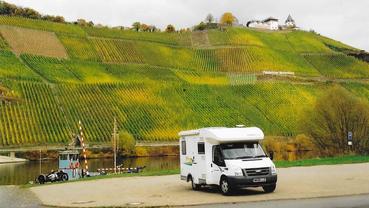
Stayed on the stellplatz at Pünderich, located directly on the Moselle and adjacent to the ferry. Showers and toilets were available at the campsite next door. Pünderich had very early on a relationship to the Marienburg, a now dissolved Augustinian convent. In the 16th and 17th centuries, Pünderich had 56 winepressing centres and its townsmen were said to be among the wealthiest on the Moselle.

Zell is only an hour’s drive from Trier, but it had taken us several days to get there!
Founded by the Romans, Zell was granted town rights in 1222. In 1794, with the occupation of the Rhine's left bank by French Revolutionary Troops, the town became French. In 1814 Zell was assigned to the Kingdom of Prussia. Fires in 1848 and 1857 destroyed a great deal of the Old Town.
In 1794 nearby Ediger and Eller were also under French rule and in 1815 they were assigned to the Kingdom of Prussia. Ediger-Eller has the world’s steepest vineyard, the Calmont, with a slope of 65% and Germany’s longest railway tunnel, the Kaiser-Wilhelm-Tunnel, at 4 205 m.
The small village of Beilstein has one of the best preserved historical appearances on the Moselle and is thus also sometimes known as a miniature Rothenburg ob der Tauber or Dornröschen der Mosel (“Sleeping Beauty of the Moselle”). Towering above the village, which despite its small size is built to look much like a town, are the ruins of Castle Metternich.
The village is a pilgrimage site, for it is here that the “Miraculous Black Madonna” is displayed in the Baroque Saint Joseph’s Monastery Church.
Our final stop before leaving the Moselle was Cochem.
